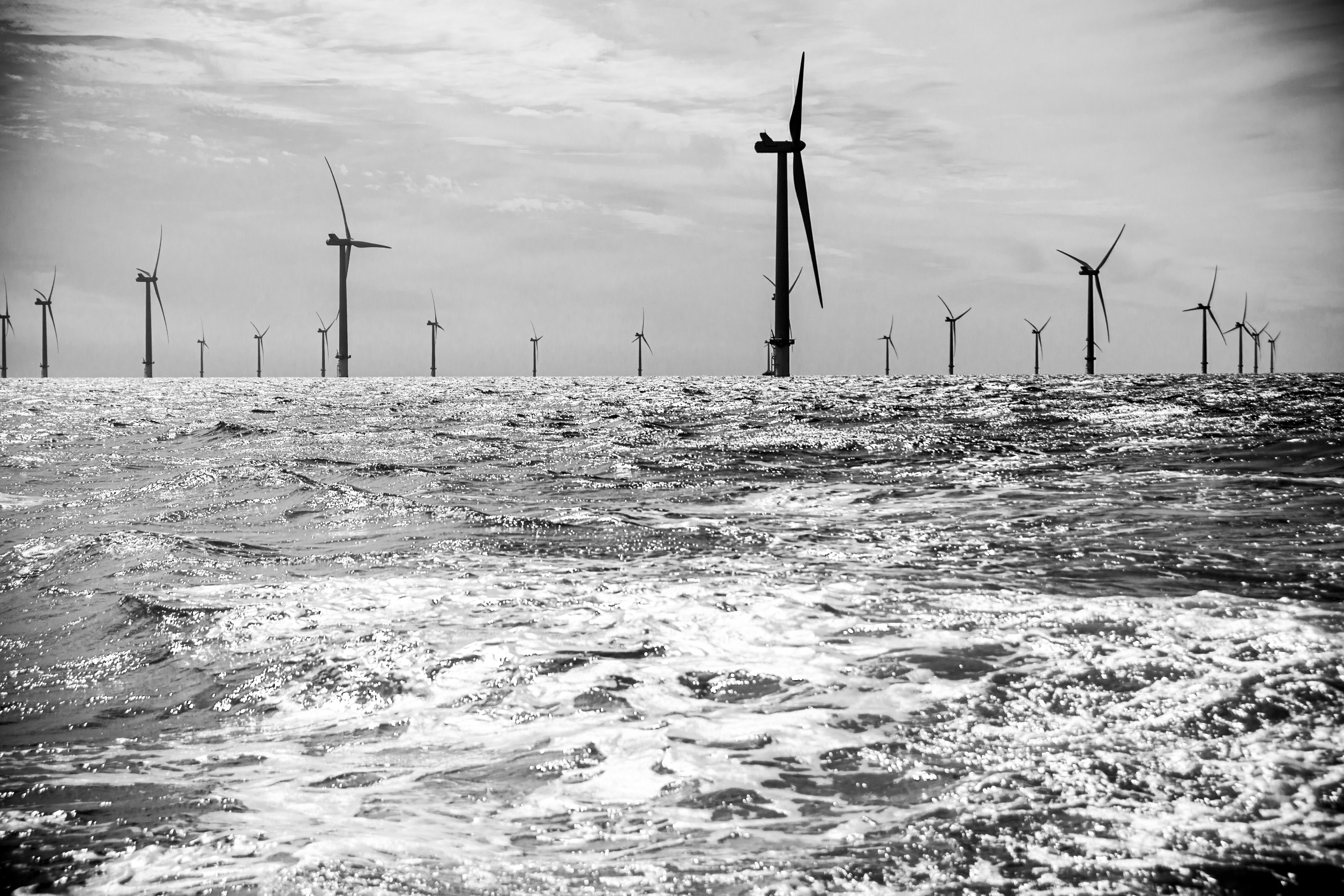After numerous requests going back several years, the Bureau of Ocean Energy Management has finally published a draft Programmatic Environmental Impact Statement for a combination of coming offshore wind projects. Comments are due by February 27.
See here for details and documents.
In his case, the EIS is for a cluster of six big projects in what is called the New York Bight. The Bight is a triangular indentation on the Atlantic coast bounded by New York and New Jersey. Think of it as the underwater mouth of the Hudson River.
In principle, this PEIS should identify and assess those impacts that arise from the combination of projects, over and above the individual project impacts. In fact, it does nothing of the sort. The result is simply ridiculous.
Most of the 800 or so pages are an eye-glazing academic discussion of the general environment, the sorts of impacts that might or might not occur, and what might or might not be done about them. There is basically nothing about this specific combination of projects.
The greatest concern is that the combined noise from these six projects will severely harm whales and other protected species. This is especially true for the incredibly loud noise from driving the monster monopiles that hold up the giant wind turbines. Construction of all six projects may occur simultaneously, piling on the noise.
Here, the PEIS is simply absurd. It is structured like a project EIS, so the pile-driving impacts are supposedly addressed in a technical appendix on “acoustics”. In this case, it is “Appendix J: Introduction to Sound and Acoustic Assessment”.
That it is labeled an introduction is the tip-off as it is basically an academic treatise. In fact, it starts off by explaining at length how underwater sound is measured. We do finally get to the Bight, but that is about it. What we find is a regurgitation of an academic paper that bears no resemblance to the six projects this assessment is supposed to be about.
To begin with, it uses just two theoretical sites, with a mere 60 turbines each, for a total of 120. BOEM says these six real sites are expected to develop up to 7,000 MW of generating capacity. Recent site designs use 13 MW turbines, which would give about 540 turbines or almost five times more.
But the PEIS study uses noise levels from small 6 MW turbines. At that size, we are talking about more like 1,200 turbines, or roughly ten times as many as are considered. The potential impact of 120 turbines is clearly not helpful in assessing 1,200.
Even worse, the pile driving noise level is for driving a roughly 20-foot diameter pile, which is very small by present and future standards. Today’s 13 to 15 MW turbines use piles around 40 feet in diameter. Moreover, gigantic 20 MW turbines have just been introduced, which might take 60-foot diameter piles.
The noise level is based on the energy of the pile driving hammer, and bigger piles take a lot more energy to drive, so there is a lot more noise. One wonders why BOEM did not measure the noise from the much bigger piles being driven back in July just off Rhode Island. The answer seems that BOEM did not want to put any serious work into this PEIS.
In short, the academic acoustic case considered in the PEIS tells us absolutely nothing about the potentially huge noise impact of the six projects supposedly being assessed. There is literally no environmental impact assessment here.
This vacuum seems to hold for pretty much the entire PEIS, although I have not read it all by any means. But I looked in a lot of places and have yet to find any real assessment of the six projects. There is certainly nothing of substance on noise.
As environmental impact statements go, this one is a joke.
